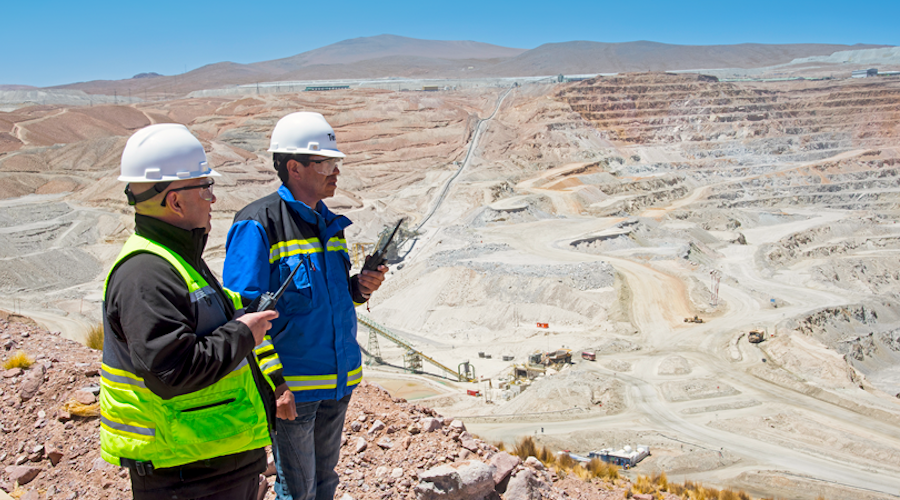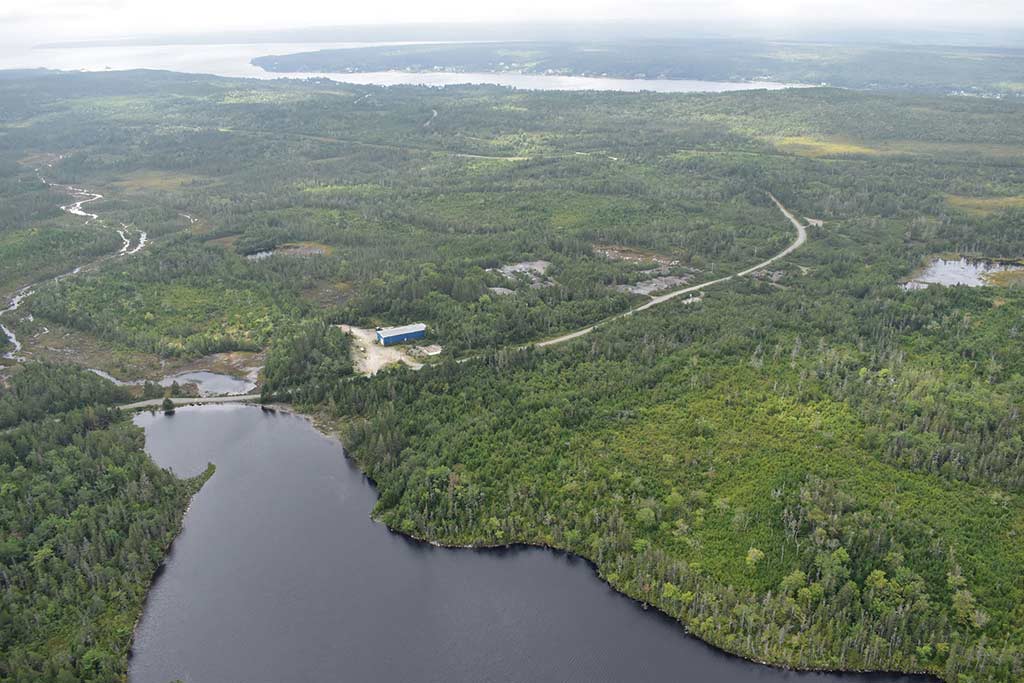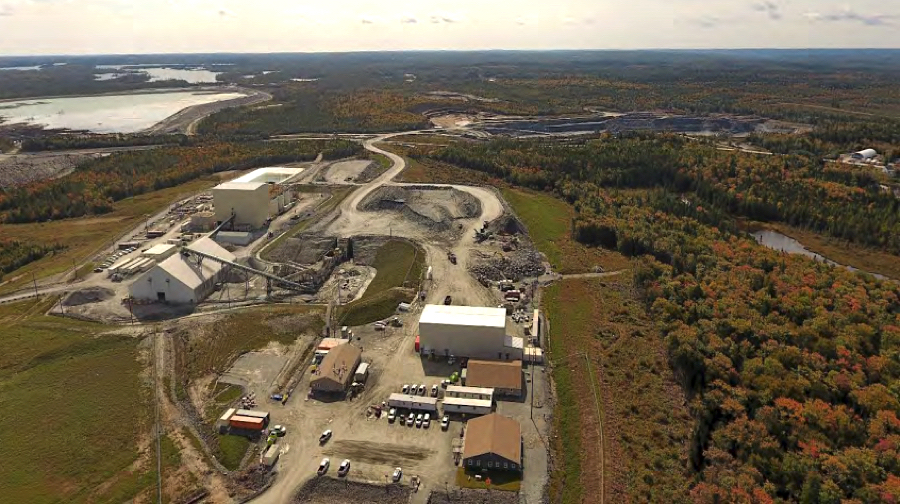UCP ANTI FEMINIST SCREED
Camrose MLA says she was only other member on controversial essay judging panelMichelle Bellefontaine - 3h ago
Jackie Lovely, the UCP MLA for Camrose, says she was the only other MLA on a panel which awarded a prize to an essay containing racist and sexist statements.

© Adrienne Lamb/CBC
The grounds of the Alberta Legislature. The UCP member for Camrose is apologizing for her role in judging a controversial essay that won third place in a contest.
Jackie Armstrong-Homeniuk, MLA for Fort Saskatchewan-Vegreville, started the contest and was on the panel with Lovely.
"I regret that this essay was chosen and I apologize for my role in that," Lovely wrote in an email to CBC News Wednesday night. "As a single mother who has pursued a wide variety of traditionally male-dominated careers, I deeply understand the strength and ability of women."
"Also, as a former ESL teacher who hosted 56 international students, I also value and appreciate the role of newcomers in our province, and will continue working to remove barriers to equity and prosperity for all."
Lovely is the parliamentary secretary for the status of women.
The author of the essay, identified only as S. Silver, won third prize in the "Her Vision Inspires" contest. The piece of writing came to light Monday night after screenshots were tweeted by NDP MLA Janis Irwin.
The contest, which was a partnership between the legislative assembly and the Commonwealth Women Parliamentarians Canadian Region, asked women between the ages of 17 and 25 to describe their "unique vision for Alberta" and what they would do if elected an MLA.
Jackie Armstrong-Homeniuk, MLA for Fort Saskatchewan-Vegreville, started the contest and was on the panel with Lovely.
"I regret that this essay was chosen and I apologize for my role in that," Lovely wrote in an email to CBC News Wednesday night. "As a single mother who has pursued a wide variety of traditionally male-dominated careers, I deeply understand the strength and ability of women."
"Also, as a former ESL teacher who hosted 56 international students, I also value and appreciate the role of newcomers in our province, and will continue working to remove barriers to equity and prosperity for all."
Lovely is the parliamentary secretary for the status of women.
The author of the essay, identified only as S. Silver, won third prize in the "Her Vision Inspires" contest. The piece of writing came to light Monday night after screenshots were tweeted by NDP MLA Janis Irwin.
The contest, which was a partnership between the legislative assembly and the Commonwealth Women Parliamentarians Canadian Region, asked women between the ages of 17 and 25 to describe their "unique vision for Alberta" and what they would do if elected an MLA.
The essay stated that women are not equal to men and that their ability to bear children takes priority over trying to break into male-dominated careers.
The author added that women who have given birth to two children or more should receive medals and financial incentives to prevent the "import" of "foreigners to replace ourselves."
Lise Gotell, professor of women's and gender studies at the University of Alberta, said Tuesday that the views promulgated in the essay about providing medals and money to encourage women to have more children reflect programs in Nazi Germany.
She also said the essay was racist and sexist.
The legislative assembly removed the essay and all mentions of the contest from its website Monday evening after controversy erupted on social media.
Armstrong-Homeniuk, who is the associate minister for the status of women, initially said on Tuesday the essay should have never been chosen. Hours later, she apologized for her role in allowing the "process to fail."
"The selection of this particular essay and awarding it with third prize was a failure on my part as the head of the judging panel," she said in a written statement.
Armstrong-Homeniuk would not make herself available to take questions. Her press secretary and UCP caucus communications would not say who else was on the judging panel.








